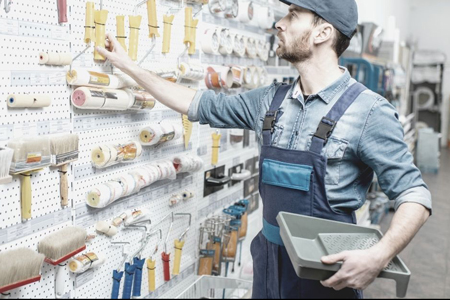
Amazon’s continued move into brick-and-mortar (aka physical) retail can be seen as further proof that the terminal demise of the physical store has been slightly—if not largely—exaggerated. Rather, brick-and-mortar retail is evolving to meet new customer expectations and address the continuous change in the overall retail landscape.
This evolution continues in a similar way that village markets morphed into malls, strip centers, and eventually “lifestyle” centers years ago. For many reasons, physical shopping will continue to generate a significant portion of retail revenue. As such, Amazon’s move into the physical store space makes plenty of sense for the behemoth retailer.
Traditional retailers, take heed: understanding why brick-and-mortar is important to Amazon should guide your own omnichannel strategies. Let’s explore four key drivers behind the bright future of brick-and-mortar retail.
Author
The Parker Avery Group is a leading retail and consumer goods consulting firm that transforms organizations and optimizes operational execution through development of competitive strategies, business process design, deep analytics expertise, change management leadership, and implementation of solutions that enable key capabilities.




